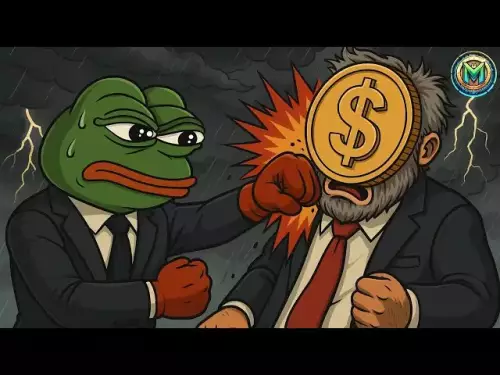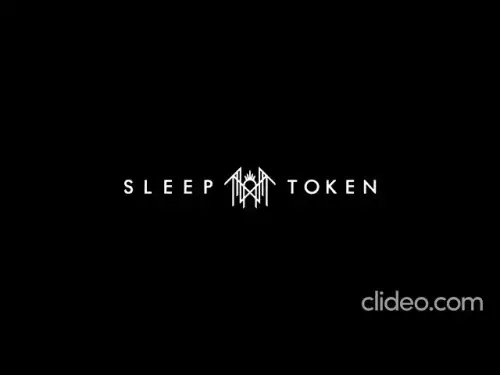-
 Bitcoin
Bitcoin $113200
1.54% -
 Ethereum
Ethereum $4368
1.43% -
 XRP
XRP $3.022
4.23% -
 Tether USDt
Tether USDt $0.0000
-0.01% -
 BNB
BNB $883.5
0.92% -
 Solana
Solana $219.5
5.29% -
 USDC
USDC $0.9997
-0.02% -
 Dogecoin
Dogecoin $0.2411
3.66% -
 Cardano
Cardano $0.8908
5.48% -
 TRON
TRON $0.3349
0.94% -
 Hyperliquid
Hyperliquid $54.50
8.93% -
 Chainlink
Chainlink $23.73
5.54% -
 Ethena USDe
Ethena USDe $1.001
-0.01% -
 Sui
Sui $3.602
5.47% -
 Stellar
Stellar $0.3861
5.90% -
 Bitcoin Cash
Bitcoin Cash $585.1
-1.13% -
 Avalanche
Avalanche $26.09
4.37% -
 Hedera
Hedera $0.2325
5.06% -
 UNUS SED LEO
UNUS SED LEO $9.549
-0.23% -
 Litecoin
Litecoin $114.2
1.13% -
 Cronos
Cronos $0.2502
-2.95% -
 Toncoin
Toncoin $3.134
1.24% -
 Shiba Inu
Shiba Inu $0.00001307
4.10% -
 Polkadot
Polkadot $4.148
3.50% -
 Uniswap
Uniswap $9.759
3.47% -
 Ethena
Ethena $0.8495
11.24% -
 World Liberty Financial
World Liberty Financial $0.2188
3.76% -
 Dai
Dai $0.9997
-0.03% -
 Monero
Monero $271.7
0.21% -
 Aave
Aave $309.2
2.95%
What are crypto perpetual futures contracts?
Crypto perpetual futures allow leveraged, expiry-free trading with funding rates aligning prices to spot, but carry liquidation and volatility risks.
Aug 13, 2025 at 11:35 am
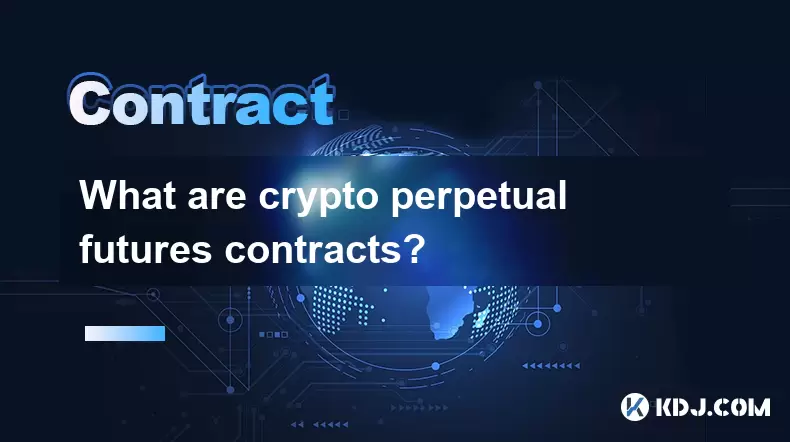
Understanding Crypto Perpetual Futures Contracts
Crypto perpetual futures contracts are a type of derivative product that allows traders to speculate on the price of a cryptocurrency without owning the underlying asset. Unlike traditional futures contracts, which have an expiration date, perpetual futures do not expire, enabling traders to hold positions indefinitely. This feature makes them highly attractive for both short-term traders and long-term investors who want continuous exposure to digital assets. The price of a perpetual contract is kept close to the spot market price through a mechanism known as funding rate, which ensures alignment between the contract price and the underlying asset's value.
These contracts are typically traded on centralized and decentralized crypto derivatives exchanges such as Bybit, Binance Futures, and dYdX. Traders can go long (betting the price will rise) or short (betting the price will fall), and most platforms offer leverage, allowing traders to control larger positions with a smaller amount of capital. While leverage amplifies potential profits, it also increases the risk of liquidation if the market moves against the position.
How Perpetual Futures Differ from Traditional Futures
The key distinction between perpetual futures and traditional futures lies in their expiration structure. Traditional futures contracts have a fixed settlement date, after which the contract is settled in cash or through physical delivery. In contrast, perpetual contracts have no expiry, allowing traders to maintain open positions for as long as they choose, provided they meet margin requirements.
Another critical difference is the funding mechanism. To prevent the perpetual contract price from deviating significantly from the spot price, exchanges implement periodic funding payments between long and short positions. When the contract trades above the spot price, longs pay shorts; when it trades below, shorts pay longs. This mechanism incentivizes traders to bring the contract price back in line with the spot market. The frequency of funding varies by platform—Bybit and Binance Futures typically settle funding every 8 hours.
Role of Leverage and Margin in Perpetual Futures
Leverage is a core feature of perpetual futures trading. It enables traders to open positions larger than their available capital. For example, with 10x leverage, a trader can control $10,000 worth of BTC with only $1,000 in margin. However, higher leverage increases both profit potential and liquidation risk.
Margin refers to the collateral deposited to open and maintain a leveraged position. There are two types: initial margin (the amount required to open a position) and maintenance margin (the minimum amount needed to keep the position open). If the position moves against the trader and the equity in the account falls below the maintenance margin level, the exchange will liquidate the position to prevent further losses.
To manage risk, traders should:
- Monitor their liquidation price, which is displayed on most trading interfaces.
- Use stop-loss orders to limit downside exposure.
- Avoid over-leveraging, especially in volatile markets.
- Regularly check margin balance and add funds if necessary to avoid forced liquidation.
How Funding Rates Work in Practice
Funding rates are periodic payments exchanged between long and short traders to anchor the perpetual contract price to the spot price. The rate is calculated based on the difference between the perpetual contract price and the index price (an average of spot prices across major exchanges).
If the funding rate is positive, longs pay shorts. This usually happens when demand for long positions is high, pushing the contract price above the spot price. Conversely, a negative funding rate means shorts pay longs, which occurs when there are more short positions, causing the contract price to fall below the spot price.
Traders can view the current funding rate on their exchange’s futures page. For example:
- On Binance Futures, navigate to the BTCUSDT perpetual market and check the “Funding Rate” section.
- Rates are updated every 8 hours, and payments are deducted or credited automatically from the trader’s wallet.
- High positive funding rates may signal over-leveraged long positions, potentially increasing the risk of a sharp price correction.
Understanding funding rates helps traders decide whether to enter long or short positions. Some traders even engage in funding rate arbitrage, holding spot positions while taking offsetting perpetual futures positions to collect funding payments.
Step-by-Step Guide to Trading Perpetual Futures
To begin trading perpetual futures, follow these steps:
- Create an account on a supported exchange such as Bybit or Binance and complete identity verification (KYC).
- Deposit funds into your futures wallet—this can be done via USDT, BTC, ETH, or other supported assets.
- Navigate to the Futures section and select a trading pair (e.g., BTC/USDT).
- Choose between isolated margin (risk limited to the allocated margin) or cross margin (uses entire wallet balance as collateral).
- Set your leverage level using the leverage slider—common options range from 1x to 125x depending on the asset.
- Decide whether to go long or short based on your market analysis.
- Enter the position size and confirm the trade.
- Monitor your position using the position dashboard, which displays entry price, liquidation price, unrealized P&L, and funding payments.
Always double-check the order type—limit, market, or stop-market—before executing a trade. Using testnet or demo accounts can help new traders practice without risking real funds.
Risks and Considerations in Perpetual Futures Trading
While perpetual futures offer significant opportunities, they come with substantial risks. High volatility in crypto markets can lead to rapid price swings, increasing the likelihood of liquidation. Sudden news events, exchange outages, or flash crashes can trigger cascading liquidations, especially during periods of high leverage usage.
Market manipulation is another concern. Large traders, often referred to as whales, may place massive orders to trigger stop-losses or influence funding rates. Slippage can also occur during high volatility, meaning your order may execute at a worse price than expected.
Additionally, funding costs can accumulate over time, eroding profits for long-term holders. Traders holding long positions during periods of high positive funding may end up paying significant fees, even if the price moves in their favor.
Frequently Asked Questions
Can I trade perpetual futures with zero funding rate?Some exchanges offer inverse perpetual contracts denominated in cryptocurrency (e.g., BTCUSD), which may have different funding dynamics. However, most USDT-margined contracts have non-zero funding rates. There is no guaranteed way to avoid funding payments, but traders can time their entries during periods of low or negative funding to minimize costs.
What happens if my position gets liquidated?When a position is liquidated, the exchange automatically closes it to prevent further losses. A liquidation fee is charged, typically equal to the position’s maintenance margin. The remaining margin may be partially or fully lost depending on market conditions during the liquidation process.
Is it possible to earn funding payments as a long-term strategy?Yes. If you take a short position during periods of consistently positive funding rates, you receive payments from longs. This strategy, known as funding harvesting, requires careful monitoring of rate trends and risk management to avoid losses from adverse price movements.
Do decentralized exchanges support perpetual futures?Yes. Platforms like dYdX, GMX, and Kwenta offer decentralized perpetual futures trading. These platforms use smart contracts and oracles to manage pricing and margin. While they offer greater transparency and custody control, they may have lower liquidity and higher slippage compared to centralized exchanges.
Disclaimer:info@kdj.com
The information provided is not trading advice. kdj.com does not assume any responsibility for any investments made based on the information provided in this article. Cryptocurrencies are highly volatile and it is highly recommended that you invest with caution after thorough research!
If you believe that the content used on this website infringes your copyright, please contact us immediately (info@kdj.com) and we will delete it promptly.
- Aethir Price Check: Smart Money Bails, Correction Ahead?
- 2025-09-09 16:25:13
- Canary ETF, Staked SEI, and SEC Filings: A New York Minute on Crypto's Next Big Thing
- 2025-09-09 16:45:16
- Bitcoin Price, Rollblock, and the 30x Growth Potential: What's the Buzz?
- 2025-09-09 17:05:15
- Nasdaq and Tokenized Securities: Trading's Next Frontier
- 2025-09-09 16:45:16
- Tom Lee's Bold Bitcoin Prediction: $200,000 by 2025?
- 2025-09-09 16:25:13
- USDH Stablecoin: Sky's Bold Move for DeFi Dominance with 4.85% Yield
- 2025-09-09 16:50:12
Related knowledge
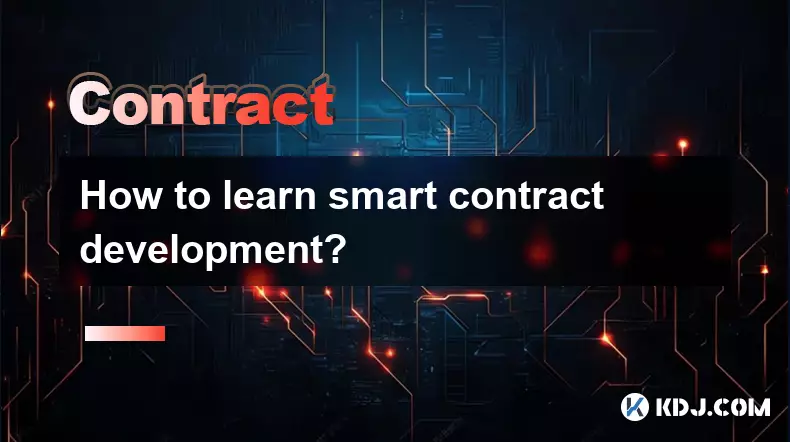
How to learn smart contract development?
Sep 09,2025 at 02:18am
Understanding the Foundation of Smart Contracts1. Smart contract development begins with a solid understanding of what smart contracts are—self-execut...
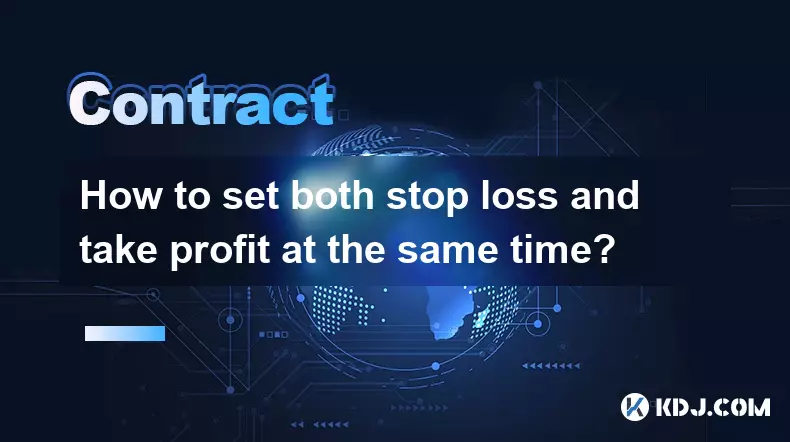
How to set both stop loss and take profit at the same time?
Sep 06,2025 at 04:36pm
Understanding Simultaneous Stop Loss and Take Profit Orders1. Placing both stop loss and take profit orders at the same time is a standard practice in...

What is copy trading for crypto futures?
Sep 07,2025 at 02:00am
What Is Copy Trading in Crypto Futures?1. Copy trading in crypto futures allows investors to automatically replicate the trades of experienced traders...
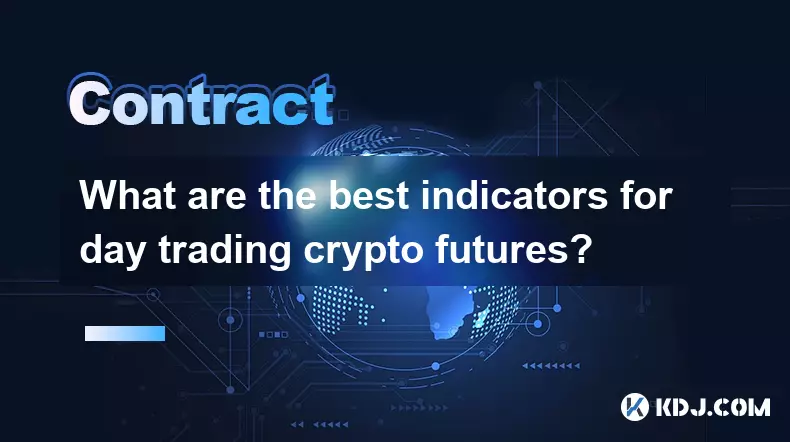
What are the best indicators for day trading crypto futures?
Sep 08,2025 at 10:18am
Top Technical Indicators for Crypto Futures Day Trading1. The Relative Strength Index (RSI) is widely used to identify overbought or oversold conditio...
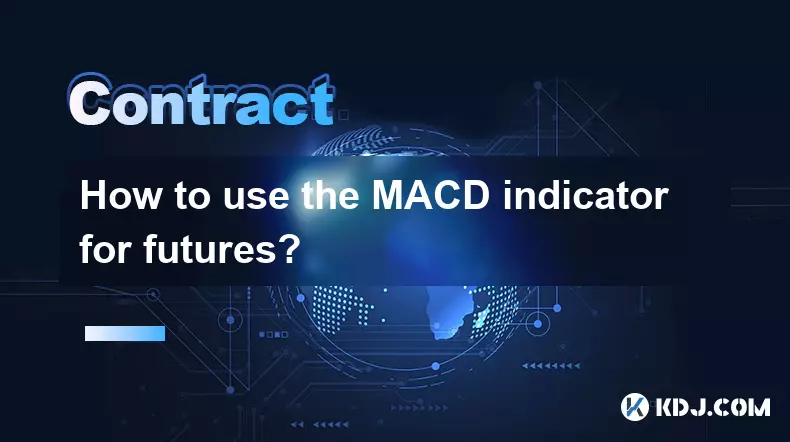
How to use the MACD indicator for futures?
Sep 07,2025 at 09:00pm
Understanding the MACD Indicator in Futures Trading1. The MACD (Moving Average Convergence Divergence) indicator is a momentum oscillator widely used ...

What to do if you are about to be liquidated?
Sep 06,2025 at 01:00am
Understanding Liquidation in the Crypto Market1. Liquidation occurs when a trader’s margin balance falls below the required maintenance margin, forcin...

How to learn smart contract development?
Sep 09,2025 at 02:18am
Understanding the Foundation of Smart Contracts1. Smart contract development begins with a solid understanding of what smart contracts are—self-execut...

How to set both stop loss and take profit at the same time?
Sep 06,2025 at 04:36pm
Understanding Simultaneous Stop Loss and Take Profit Orders1. Placing both stop loss and take profit orders at the same time is a standard practice in...

What is copy trading for crypto futures?
Sep 07,2025 at 02:00am
What Is Copy Trading in Crypto Futures?1. Copy trading in crypto futures allows investors to automatically replicate the trades of experienced traders...

What are the best indicators for day trading crypto futures?
Sep 08,2025 at 10:18am
Top Technical Indicators for Crypto Futures Day Trading1. The Relative Strength Index (RSI) is widely used to identify overbought or oversold conditio...

How to use the MACD indicator for futures?
Sep 07,2025 at 09:00pm
Understanding the MACD Indicator in Futures Trading1. The MACD (Moving Average Convergence Divergence) indicator is a momentum oscillator widely used ...

What to do if you are about to be liquidated?
Sep 06,2025 at 01:00am
Understanding Liquidation in the Crypto Market1. Liquidation occurs when a trader’s margin balance falls below the required maintenance margin, forcin...
See all articles
























